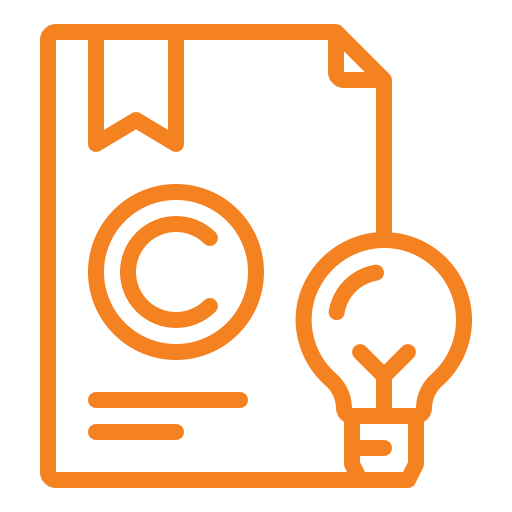With respect to protection of software based inventions, the different subject matters that are of primary interest for inventors in the software field are:
- the methods that are enabled by the software,
- the systems that run the software to enable the methods, and
- the devices (or computer program products) that store the software and/or allow the software to be executed.
Since computer program product claims are not allowed, it would not be possible to protect devices that merely store instructions to be executed in India. Therefore, it has been the general practice to protect software based inventions through method claims and system claims.
In my earlier blog post titled “ Revised Draft Manual: A case of over simplification re software inventions”, I discussed about the clarifications provided by the revised draft manual of patent practice procedure published in 2010. I also discussed the requirements for patentability of software based inventions as interpreted from the revised draft manual.
Most software inventions are method or algorithm based inventions that apply a novel method or algorithm to solve a particular problem. For such a typical software invention, patent practitioners have been crafty in writing system claims based on “method” innovations. The usual practice has been to write some form of “means plus function” claims by using the “means” or “adapted to” language to claim a system performing a certain method. Writing such method based system claims for method based inventions usually is a cut-and-paste job where the method steps are repeated from corresponding method claims. That results in unnecessary repetition and also increases the cost of filing the application for the applicant (as the total claims go beyond the limit of 10 claims in most cases). The process also increases the risk of not having language consistent across claims as there is more repetition. Further, such repetition also increases the processing time at the patent office and results in delay of grant of an application, as patent examiner would have try and see if there are any differences in the method steps from one claim to another.
Obviously, the patent office has taken notice of this. Examiners these days are arguing on simplifying such claims to make everyone’s lives easier. They are suggesting to write what are called as “application” claims. Application claims are nothing but multiple dependent claims that depend on one or more of method claims without having to repeat the method steps involved. For example, one could write an “application” system claim like this:
“A system for performing .. as in claims x to y”,
where claims x to y are obvious claims relating to the methods according to various embodiments of the invention. Therefore, this claim is claiming a system that “applies” a novel method.
Our view is that it makes the lives of the practitioner’s much easier because we do not have to worry about keeping our words consistent when we rewrite certain portions. More importantly, I believe that application claims allow for at least the same scope of protection, if not more, and definitely less ambiguous as compared to the system claims based on “adapted” or “means” language. That is because, currently there is no case law in India that can help us clearly determine the scope of protection for system claims based on method steps. The “means” and “adapted” language have been largely adopted by practitioners from other patent systems. Since such language is not clearly defined as of now, those words have no specific meaning attached to them. Therefore, the scope of protection is subjective and there is no guarantee that such language will lead to broader protection. Now, when it comes to the application claims, we are not using any undefined language such as “means” or “adapted”. Therefore, the language is cleaner and defines the scope of the claim much more clearly.
By, Arun K Narasani, CEO.












